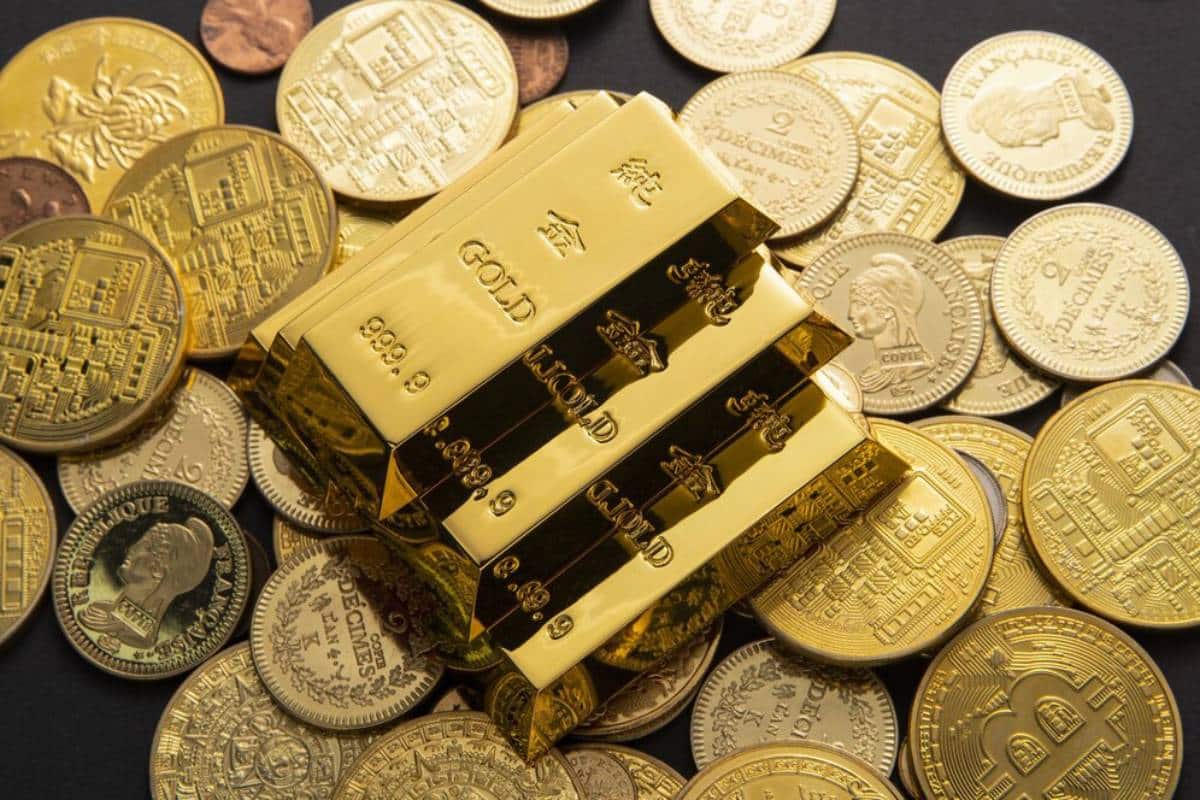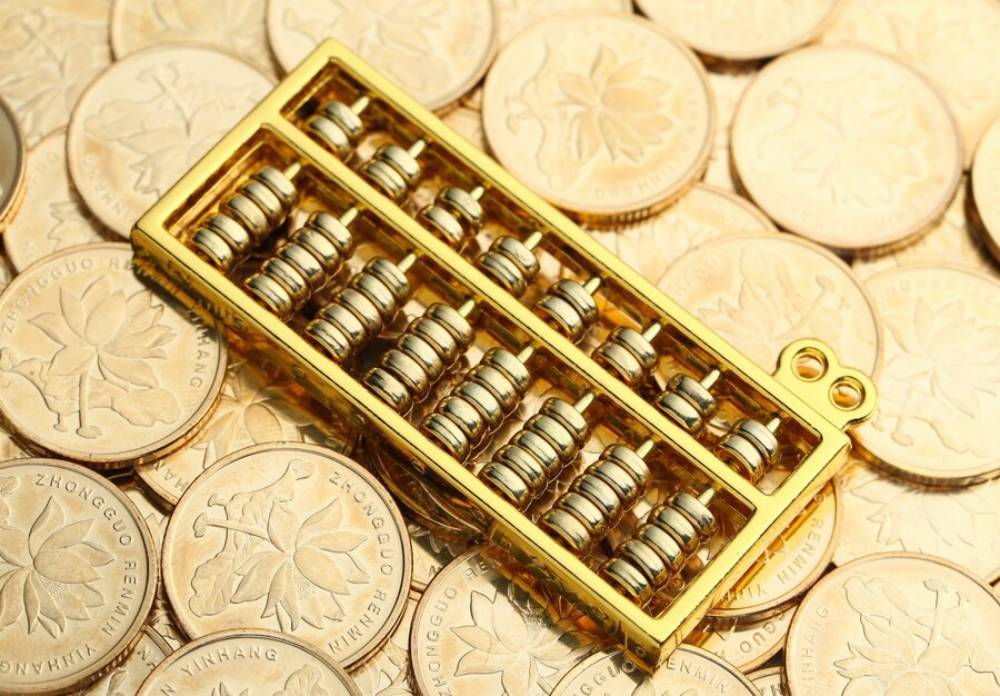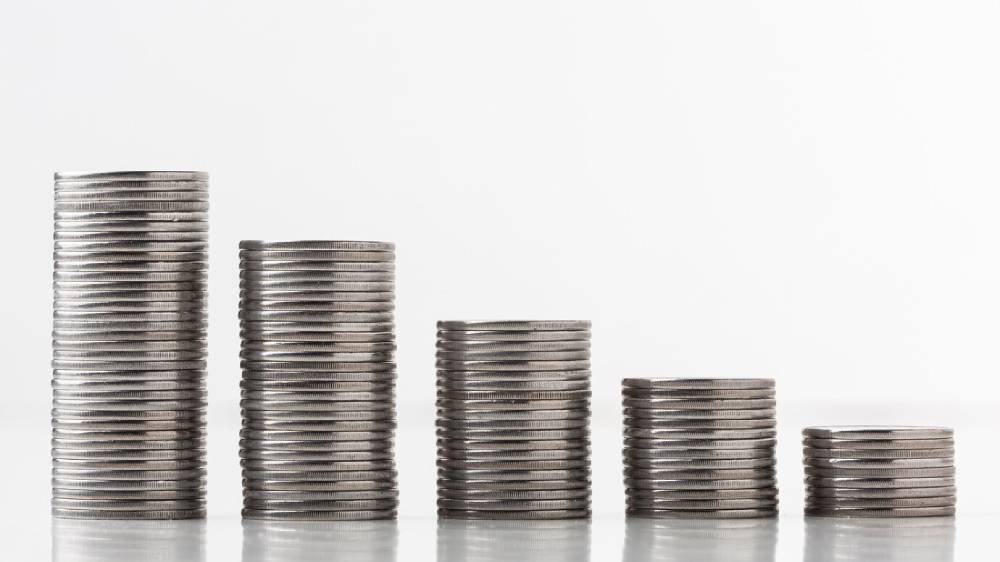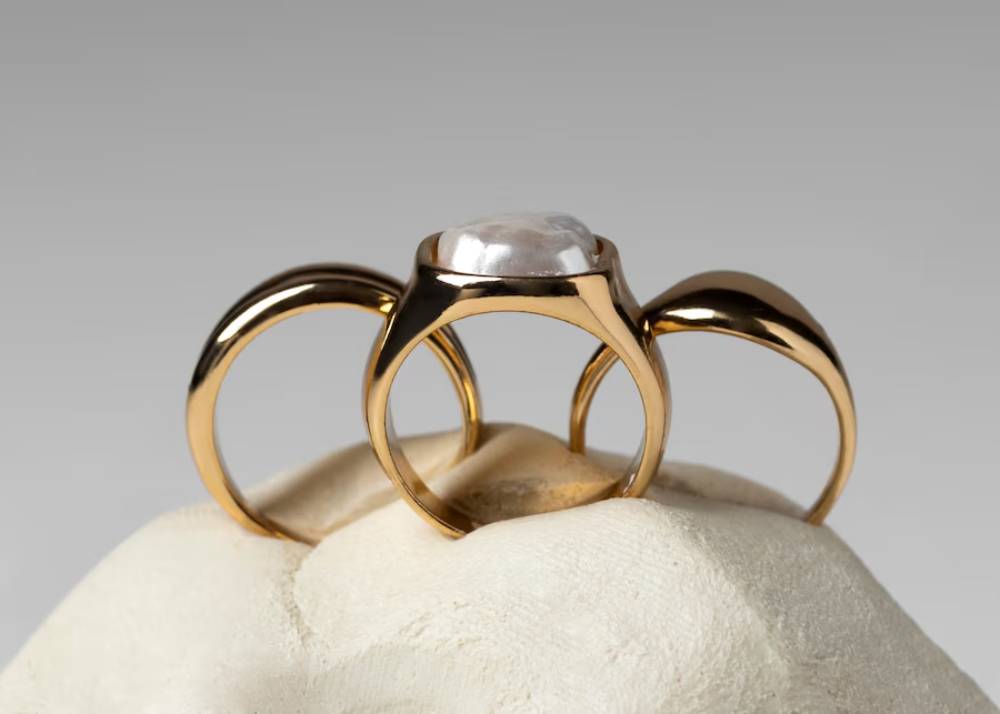
Gold vs Silver: Which is the Better Investment?
For centuries, gold and silver have been seen as safe-haven assets. Investors often choose precious metals during economic uncertainty. They help preserve purchasing power and protect against inflation. Gold and silver both help with diversification. However, they have different market dynamics, volatility, and investment potential.
Are you thinking about adding precious metals to your portfolio? You might be asking: Is gold or silver the better investment? This guide will compare both metals. We will look at their historical performance, risks, and potential returns. By the end, you’ll know which asset fits your financial goals and risk tolerance best.
Gold as an Investment

Gold has long been viewed as a symbol of wealth and stability. It is widely used in jewellery, central bank reserves, and as a financial asset. Gold is less affected by industrial demand than silver. This makes gold a better choice for those focused on its monetary value.
Advantages of Gold Investing
- Store of Value: Gold is renowned for preserving wealth over time. During inflationary periods, gold tends to retain its purchasing power.
- Gold is a good choice when markets are down. It acts as a safe place for your money.
- Global Demand: Central banks and governments keep considerable gold reserves. This helps gold stay stable and credible.
- Gold is usually less volatile than silver. This makes it a more stable investment.
Drawbacks of Gold Investing
- Lower Growth Potential: Gold offers slower appreciation than silver during bull markets.
- Higher Cost: Gold costs more, which can be a barrier for small investors.
- Limited Industrial Use: Gold has low industrial demand. Its value mainly relies on money and jewellery markets.
Silver as an Investment

Silver is often called “gold’s cheaper cousin,” but it plays a different role in the market. Silver serves as a store of value, but it is also widely used in industries. It plays a key role in electronics, solar panels, and medical devices. This makes silver more affected by economic cycles.
Advantages of Silver Investing
- Affordability: Silver costs much less per ounce than gold, making it easier for small investors to buy.
- Industrial Demand: About 50% of silver’s demand is for industrial uses. This gives silver value as both an investment and an industrial metal.
- Higher Growth Potential: Silver usually beats gold in percentage gains in bull markets.
- Portfolio Diversification: Silver can diversify a portfolio. Industrial factors partly influence price changes.
Drawbacks of Silver Investing
- Silver prices are more volatile than gold. This means they can change rapidly, which increases short-term risk.
- Smaller Market Size: The silver market is smaller and less liquid than gold, making price manipulation easier.
- Storage Costs: Silver takes up more space than gold because it’s bulkier and less valuable by weight.
Gold vs. Silver: Key Differences
1. Historical Performance and Price Trends
Gold and silver have both seen significant price increases over the years. However, they react differently in different market situations.
Gold’s Performance

- Gold has a long history of steady growth. This is especially true during times of economic uncertainty.
- During the 2008 financial crisis, gold prices jumped more than 20%, and investors looked for safe places to put their money.
- When inflation or currency drops, gold often retains its value more than silver.
Silver’s Performance
- Silver tends to outperform gold in bull markets but underperform during downturns.
- In the 2010-2011 commodities boom, silver prices jumped more than 400%. In contrast, gold increased by just 100%.
- However, silver’s industrial reliance makes it more vulnerable to economic slowdowns.
2. Volatility and Risk
When compared to gold, silver is significantly more volatile. This is due to its smaller market size and industrial demand.
Gold: Stability and Low Volatility
- Gold prices change slowly. This makes gold a steady option for cautious investors.
- It is less affected by industrial demand, resulting in lower price swings.
- Gold’s liquidity makes it easier to buy and sell in large quantities.
Silver: Higher Volatility
- Silver has a smaller market size, so it’s more prone to price manipulation and sharp changes.
- It is heavily influenced by industrial demand, making it more cyclical.
- While it offers higher potential gains, it also carries greater downside risk.
3. Industrial Demand vs. Monetary Demand
The fundamental difference between gold and silver lies in their demand drivers.
Gold: Monetary Value
- Gold’s demand mainly comes from the investment and jewellery markets, which account for over 90% of its demand.
- It is viewed as a store of value, making it less sensitive to economic cycles.
- Central banks hold significant gold reserves, reinforcing their stability.
Silver: Industrial Usage
- Silver has diverse industrial applications, making it highly sensitive to economic activity.
- About 50% of silver demand is from industries such as electronics, solar panels, and medical devices.
- During recessions, industrial demand for silver tends to decline, impacting its price.
4. Inflation Hedge and Safe-Haven Appeal
Gold and silver both serve as inflation hedges. However, they react differently when markets are volatile.
Gold: The Traditional Safe Haven
- Gold is the preferred safe-haven asset during times of financial turmoil.
- It retains purchasing power during currency devaluation and inflationary periods.
- Economic growth less affects its value, making it a reliable hedge.
Silver: Inflation Hedge with Economic Risk
- Silver can help protect against inflation. However, its use in industry makes it more sensitive during recessions.
- When industrial demand falls, silver prices tend to decline.
- However, silver can offer more significant percentage gains during inflationary commodity booms than gold.
Which Precious Metal Should You Choose?
Choose Gold if You:
- Want a stable, low-volatility investment.?Are seeking a long-term store of value.
- I prefer a traditional safe-haven asset.
- Are you investing in capital preservation rather than aggressive growth?
Choose Silver if You:
- Are comfortable with higher volatility and risk.
- Want exposure to industrial demand growth.
- Are seeking higher potential returns during bull markets.
- Have a smaller investment budget and want affordable entry points.
Conclusion
Gold and silver each have unique benefits as investments. Gold offers stability, liquidity, and long-term wealth preservation. This makes it great for risk-averse investors. Silver, however, provides higher growth potential and affordability. This makes silver a good choice for those willing to take on more risk for greater rewards.
The best approach for most investors is to hold a diversified portfolio with gold and silver. This strategy helps hedge against inflation and exploit silver’s growth potential.
Including precious metals in your investment portfolio can boost diversification. It also helps protect against economic uncertainty. Whether you value stability or growth, precious metals are a wise choice.